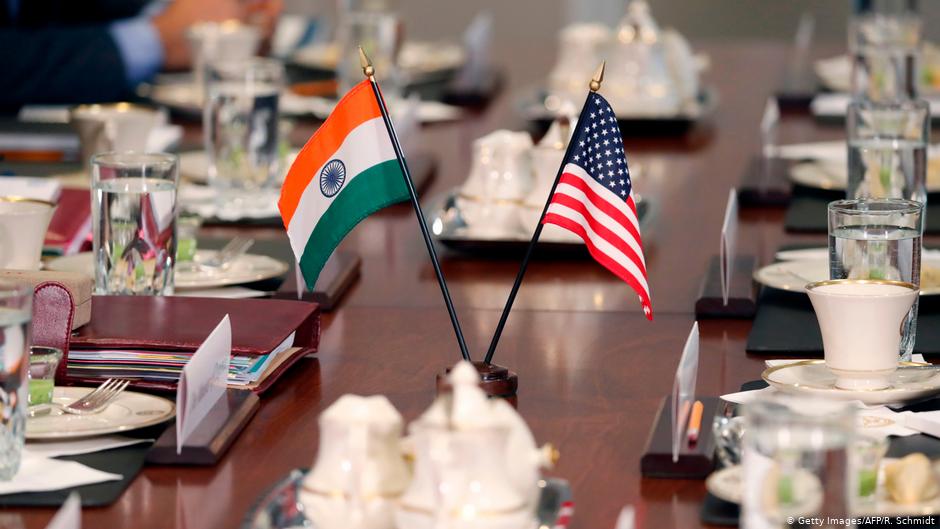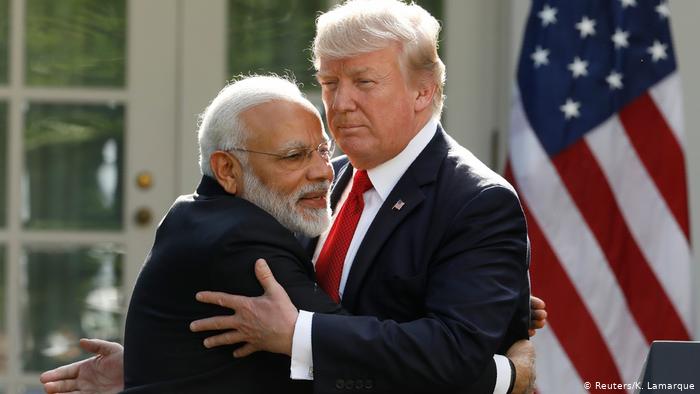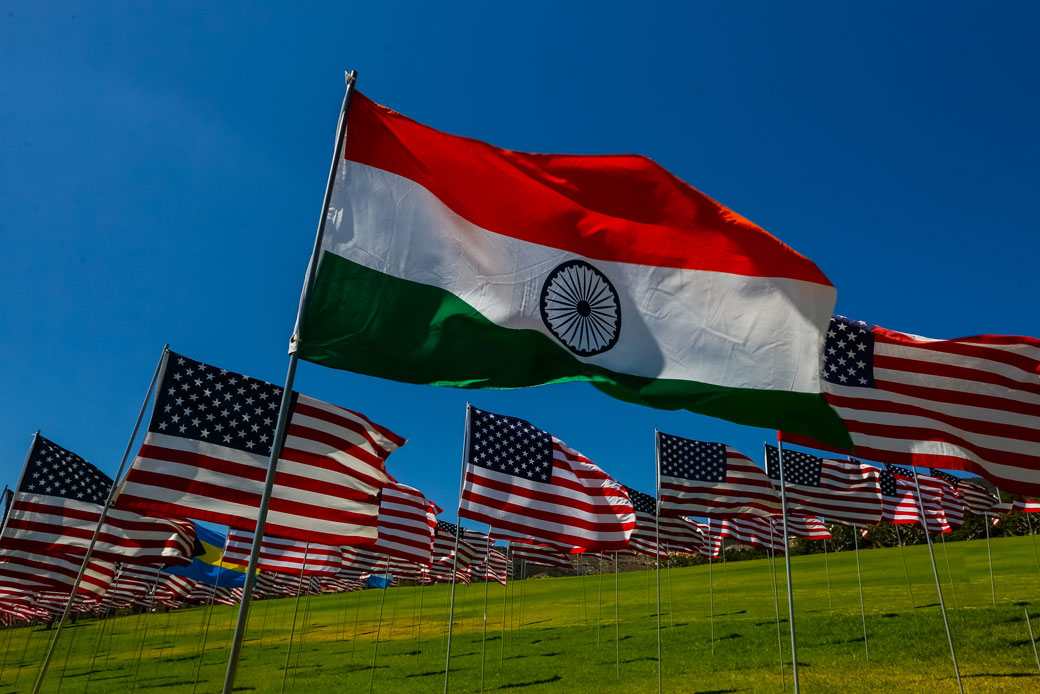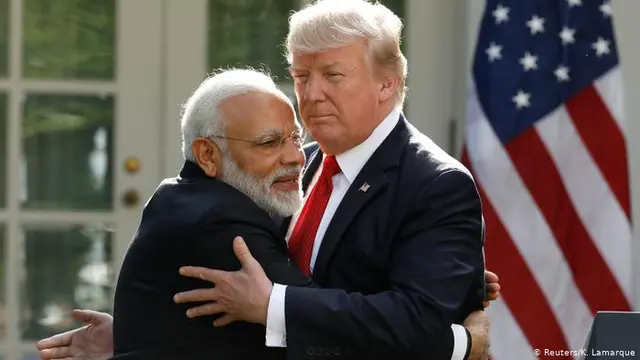By APD writerI Hussain Janjua
Editor's Note: Mr. I Hussain Janjua is a senior media professional and analyst based in Islamabad, having experience of more than 20 years in research & media in different organisations.(Email: [email protected]; twitter: @ihussainjanjua)
Despite shared economic opportunities, border disputes continue to haunt India and China’s relationship. After 60 years, the two countries are once again engaged in a mini-war in the Himalayas.
The recent clashes in the Galwan Valley have triggered uncertain calm on the China-India borders and the situation is likely to persist as it also involves the question of the world’s sea-power or land power.
America rules the waves and sets the terms and conditions for the vast majority of global commerce. China, on the other hand, is busy building a land bridge across Eurasia, which is may undermine US maritime dominance.
There is a little doubt that Prime Minister Narendra Modi-led has fostered the nation’s strategic embrace of the US --- both have been deliberating on their collaborative military posture in the Indo-Pacific to contain China. Hence, the current India-China dispute needs to be viewed in a broader perspective.

Many in India and the US see the current tense situation between China and India as an opportunity to push for India’s overt alignment with the US-led security intuitive in the Indo-Pacific.
For the US, the border dispute in the Himalayas is just one of several flashpoints in Asia: Taiwan’s independence; Tibetan freedom; Hong Kong’s democracy and relative autonomy; and freedom of navigation in the South China Sea.
Washington enjoys deep network connections in Taiwan, India, Hong Kong, and the South China Sea to spark flash points to pressurize China and to make it react. However, China is fully prepared including economically and militarily to secure its frontiers from a possible onslaught by the US or its allies.
There is a bipartisan resolve in the US that China cannot be allowed to change the international political order designed by the maritime world. But how is a conflict between Indian and Chinese armies 14,000 feet above sea-level related to US naval dominance?

In the late 1950s, India-China relations nosedived. India got involved in US-driven covert operations inside Tibet. The border settlement issue suddenly sprang up as a core issue between China and the Soviet Union. The alignment of the Indian elite with their counterparts in America then became one of the most critical factors for the causes of the India-China war of 1962.
A similar class-alignment is visible today when Donald Trump’s administration launched a virulent hate campaign and trade war against the Communist Party of China to browbeat it into halting all its endeavors to alter the global power matrix by building alternative global supply lines running through Eurasia.
The current India-China conflict is connected to Anglo-American geopolitical plans to halt the Chinese from reaching the Arabian Sea through a much shorter route via Pakistan. The maritime powers see the development of the China-Pakistan Economic Corridor (CPEC) as a direct assault on their sea power strategy that aims to choke Chinese merchant shipping in the Strait of Malacca between the Indonesian island of Sumatra and Malaysia.
India is opposed to the CPEC, a flagship project of the Belt and Road Initiative launched by President Xi in 2013, because it passes through Gilgit-Baltistan, a Pakistani province in the north, to reach the Chinese-operated Gwadar port in the south. India considers Gilgit-Baltistan, a critical hub that connects South and Central Asia, but under the illegal Pakistani occupation.

Experts say India could finally end equivocation about openly aligning itself with the long-eager US, although there will still be disagreements which, paradoxically, are now mostly due to Washington as it has signaled its readiness to stand alongside India on at least three occasions since the beginning of May, senior US political officials have pledged support to New Delhi.
There is also a probability that India may galvanize the four-nation diplomatic grouping with military overtones also featuring Australia, Japan and the US being mindful of Beijing's sensitivities about what was billed as an anti-China "concert of democracies" --- allowing Australia into the Malabar trilateral naval exercises alongside the US and Japan, India could militarize the area, creating hurdles in the South China Sea.
Interestingly but not surprisingly in yet another development the UK government has banned Chinese telecommunication company Huawei as a 5G supplier providing UK vendors with around one-third of their network equipment; it would be a double edged sword but one thing is for sure that there is a definite purpose in it --- holding the Chinese progress while the trade dispute between Australia and China also has similar dimensions.
India could also pursue economic retribution against China. In an emphatic signal, in April, New Delhi imposed restrictions on Chinese financial investments into India, blocking Chinese companies from cheaply buying stakes in Indian firms financially distressed by the pandemic-related economic slowdown. New Delhi could also bar Chinese telecommunications firms from participating in the rollout of India's 5G telecom network.
(ASIA PACIFIC DAILY)
 简体中文
简体中文





